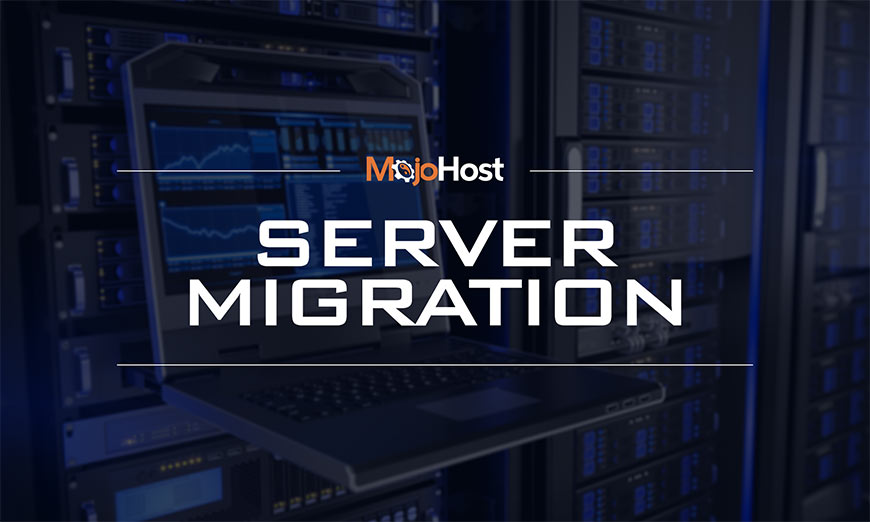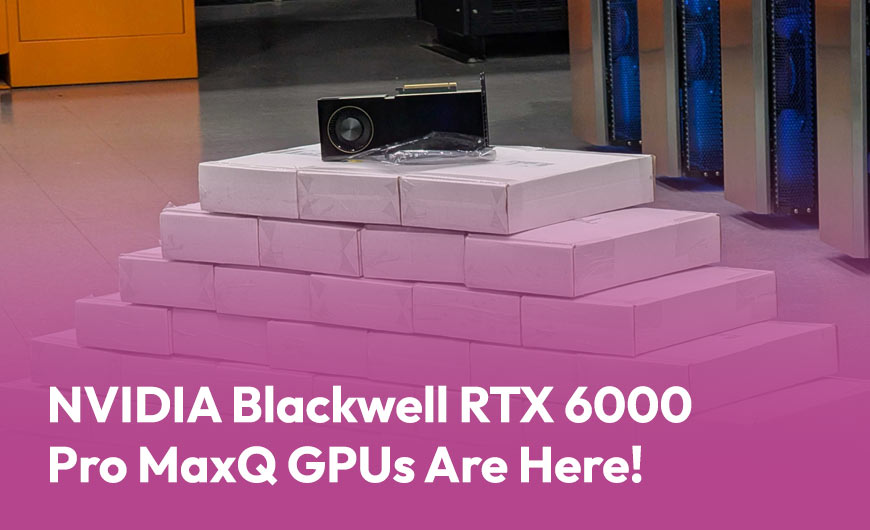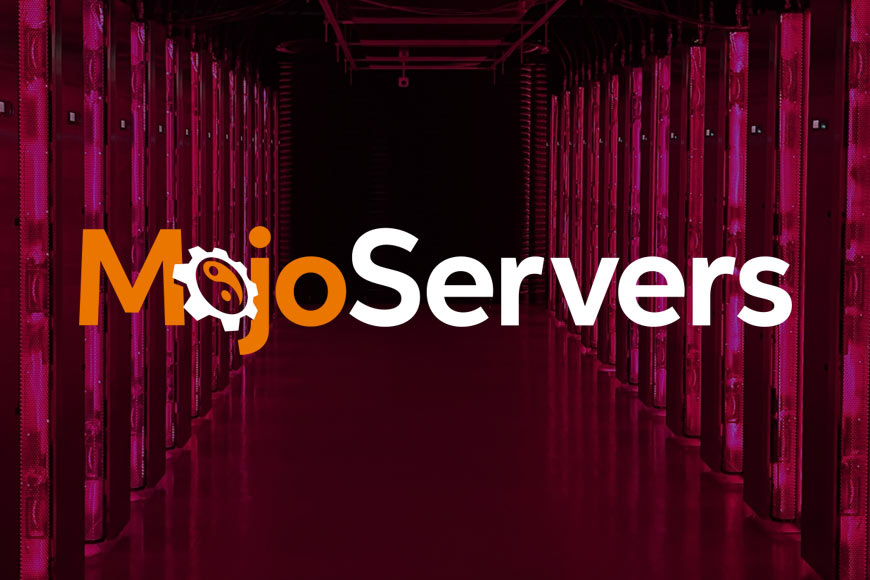Today marks an exciting milestone for MojoHost and the rapidly…

Migrations vary by size, complexity, and level of frustration they generate.
In this blog post, we try to outline the basic steps each migration goes through, explain the processes, and cover what you and we will be up against when you decide to make the move.
MojoHost’s customers who use managed solutions have migration assistance included every step of the way. Whether you’re new to MojoHost, upgrading, downgrading, or moving another project from a different host, we’ve got your back. The bulk of the effort is on our part. Managed customers can simply provide us with access, then review and test our work, report any issues, check that all is resolved, and schedule the switchover.
How long will the migration take?
The period is always among the first questions we’re asked whenever there’s a migration. In truth, the amount of time a move takes is hard to predict. A multitude of reasons exist that may stretch out the process, including what changes need to be made, how similar the environments are, and how much content there is to transfer over. The latter is the most obvious – when we’re moving 10s or even 100s of TB of content, it’s likely this will take more significant amounts of time. However, that’s not all that goes into the calculation. A small 20-GB site moving to a VPS with MojoHost might also take a few weeks, but before we explain why, let’s look at how the migration process works.
What is the migration process?
A time-tested process is implemented at MojoHost which every migration follows. Beginning with an order either in our cart system or through a conversation with our sales team, the move commences with the server or VPS being provisioned for you. In the case of VPS accounts, the provisioning is triggered automatically upon purchase so this may be completed within an hour, while dedicated servers sometimes take several days as a new physical machine is racked, tested, and installed with the required software. At this stage, if the move is internal, you’ll be able to sit back and watch Team Mojo work. If you’re moving in from outside of MojoHost, we’ll ask for root ssh, ssh or FTP and database access to your old hosting. When that is provided, our team gets to work on syncing all the files and transferring all server configurations to the new machine.
Once the data is moved, we perform a series of tests to ensure that nothing is broken and also provide you with a way to test the sites using a host file entry. Here are guides we created that come in very handy and explain how this works and what needs to be done in Windows and on a Mac .
In a few simple actions, you’ll be able to pull up all your sites and go through to ensure that nothing is broken. We strongly encourage you to test thoroughly, especially the critical functionality including member’s logins, payment pages, and other features.
If you find any problems, simply report them and we’ll take care of any bugs that were caused by the move. Once you’re happy with the result, we will ask you to schedule a switchover. The switchover typically causes 15-60 minutes of downtime due to DNS propagation.
Note that during the entire move and up to the scheduled switchover time, you can continue to make updates to your sites as usual. Right before the switchover, a catch-up script will pick up any new content, comments, or updates.
Why do some migrations take longer?
An ideal, fast migration isn’t simply a matter of little content. The primary cause of a long QA process – fixing bugs and getting rid of complications, is the type of environment we’re moving to and from. The migration is fastest if both the origin and destination servers have exactly the same setup. The same operating system, software versions, and configurations. Then it truly does become, usually, a matter of moving the data.
Control panel-specific migrations are also simple – CPanel to CPanel or DirectAdmin to DirectAdmin moves rarely cause any trouble. It’s when you’re moving from one control panel to another, out or into a control panel, that complex re-configurations are usually necessary. This is exactly the case we mentioned at the beginning of this blog post – when a small VPS might take weeks to migrate.
Other complications are caused by the fact that usually, migrations are used as opportunities to upgrade to the latest Operating System and to tweak software versions such as PHP and MySQL to more recent ones. Incongruences in these cases are almost guaranteed and a process of bug-fixing becomes lengthier. This should not stop you from moving to newer OSs and software versions.
Upgrades are a necessary process to stay up to date and receive all of the security patches. Software grows obsolete, which impacts your site’s performance. MojoHost’s managed customers enjoy the show from the bleachers. They’ll have the full right to shout advice and will be asked to help with pointing out problems, but the bulk of these re-configurations are taken care of, with profound expertise, by our professional movers – the seasoned sysadmins.
While we repeat as a litany that migrations are never simple, they are made easiest for our customers by the systems administrators of MojoHost.




